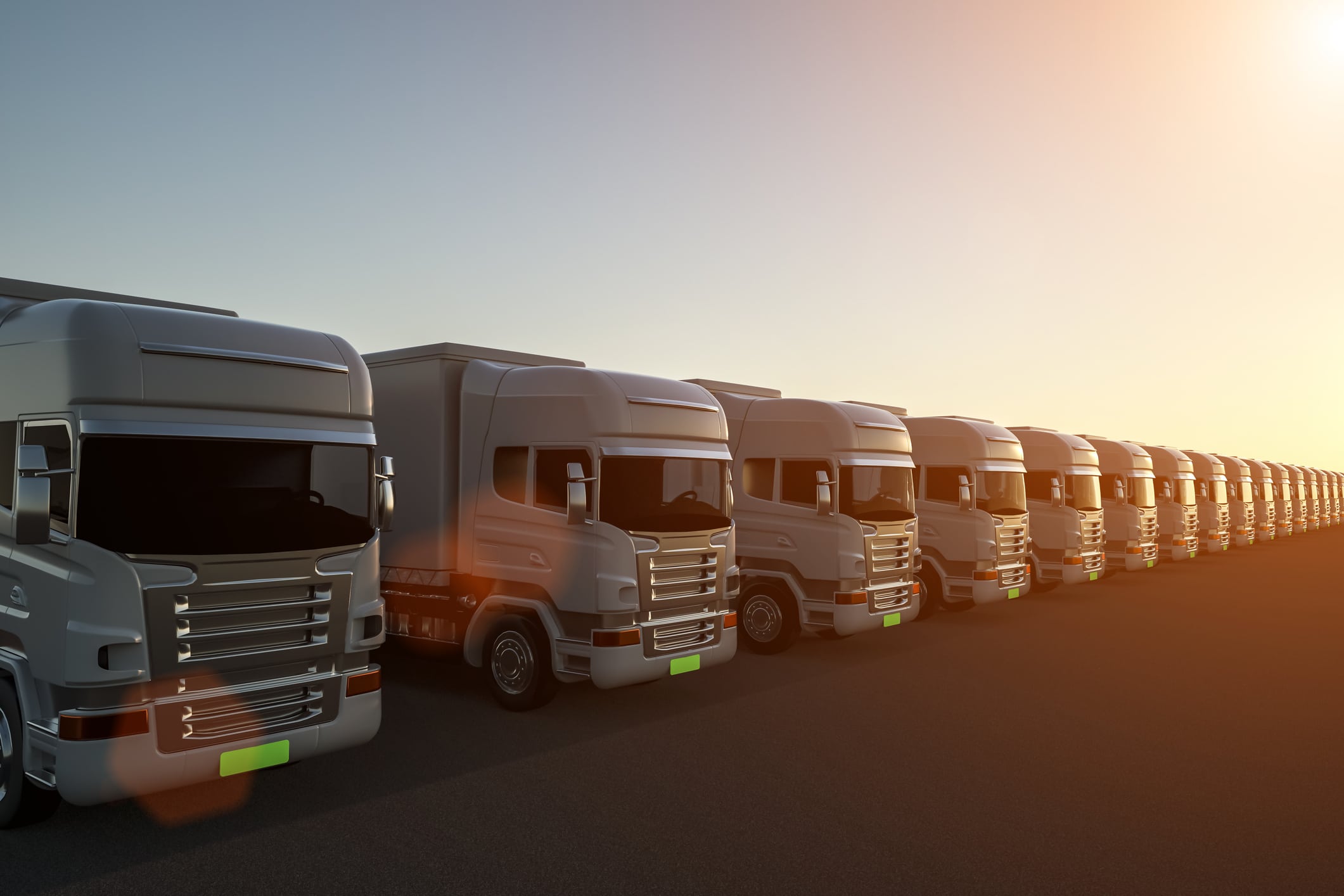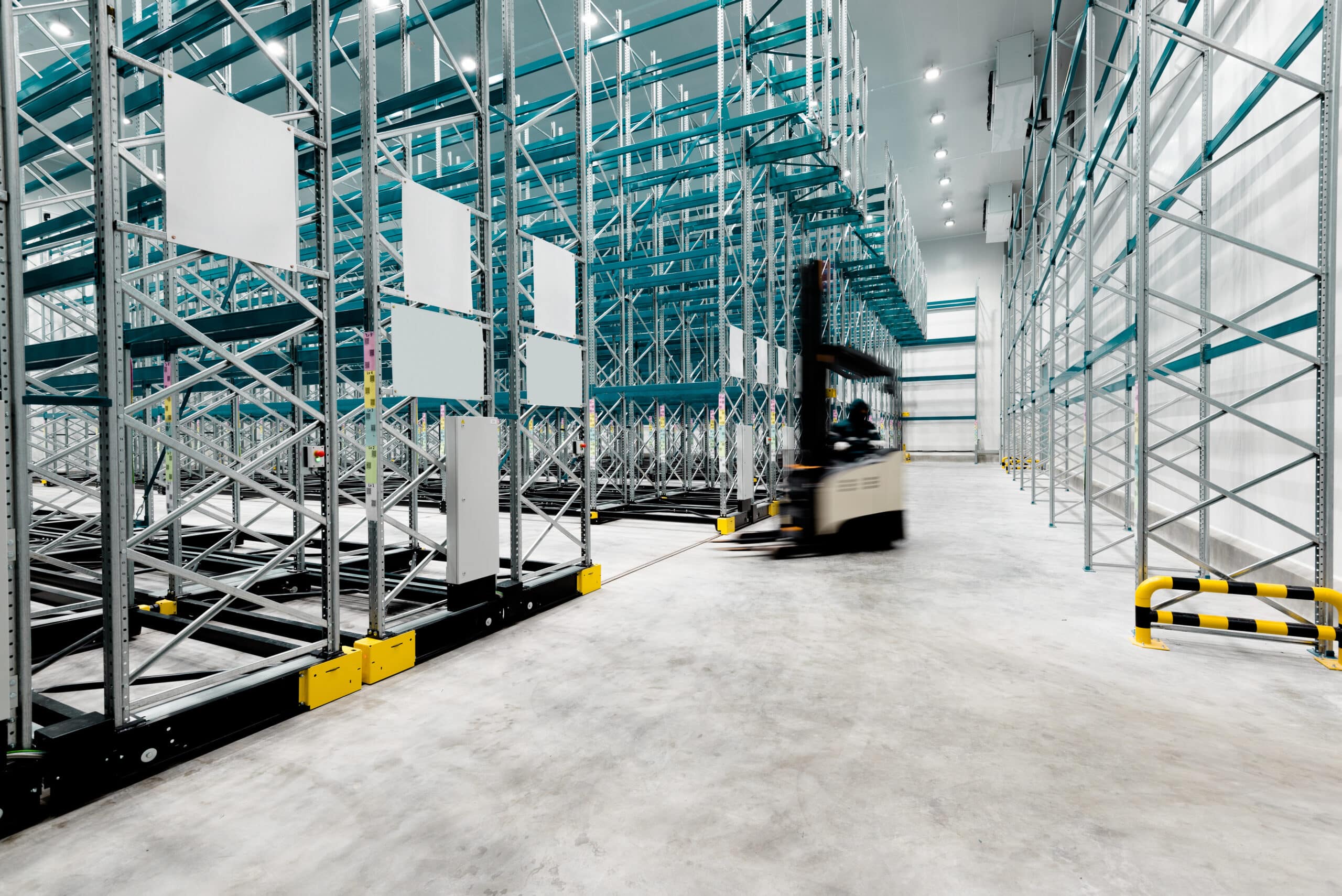
Electrifying Australia’s Fleets: Closing the Say-Do Gap
Australia’s commercial fleet sector is critical to net-zero, but progress remains stalled. While nearly 60% of ASX200 companies have set net-zero targets, fewer than 20% have developed a clear electric vehicle (EV) transition strategy. This growing “say-do gap” threatens to derail national emissions goals, with corporate fleets producing 70–80Mt CO₂-e annually – roughly 15–20% of Australia’s net emissions.
Why ev Fleets Matter
Fleets account for nearly half of all new vehicle sales and two-thirds of road transport emissions. Yet EVs represent less than 1% of the current fleet. Decarbonising this sector is essential to meeting both 2030 and 2050 emissions reduction milestones.
Three Industries, One Opportunity
The mining, logistics, and manufacturing sectors are responsible for ~70% of commercial fleet emissions. Crucially, around 50–65% of their vehicles are light to medium commercial vehicles – segments increasingly supported by a maturing EV pipeline. Transitioning even a portion of these fleets could reduce total fleet emissions by a third.
What’s Holding EV fleet Progress Back?
Despite intent, five core barriers are slowing progress:
- Stakeholder misalignment – Decision-making now spans fleet managers, ESG leads, facilities, and energy teams.
- Limited ‘fit-for-purpose’ supply – Few EVs match the towing and payload needs of industrial fleets.
- Infrastructure constraints – Especially in rural and high-mileage contexts.
- Financing friction – Higher borrowing costs and uncertain residual values.
- Low aftermarket readiness – Only 10% of technicians are certified to service EVs
Practical, Low-Risk Actions
The report outlines four key strategies:
- Leverage fleet data and telematics to assess readiness
- Establish cross-functional EV transition governance
- Pilot with OEMs and public charging infrastructure
- Turn charging cost into a revenue stream via grid services.
Global Innovations, Local Relevance
Examples from Switzerland, Japan, and the UK show how telematics, battery swapping, and smart charging can address fleet uptime, infrastructure, and ROI challenges. Australia has the opportunity to fast-track progress by learning from these models.
The road to decarbonising Australia’s fleets may be winding, but the destination is clear—and worth the effort.
Read our full report, written in partnership with Carloop and Fifth Quadrant, below – or reach out to one of our experts.
For more on our expertise in the Auto sector, click here.
Wichtige Ansprechpartner/-innen

Maurice Violani
Partner

Oliver Jones
Associate Partner




